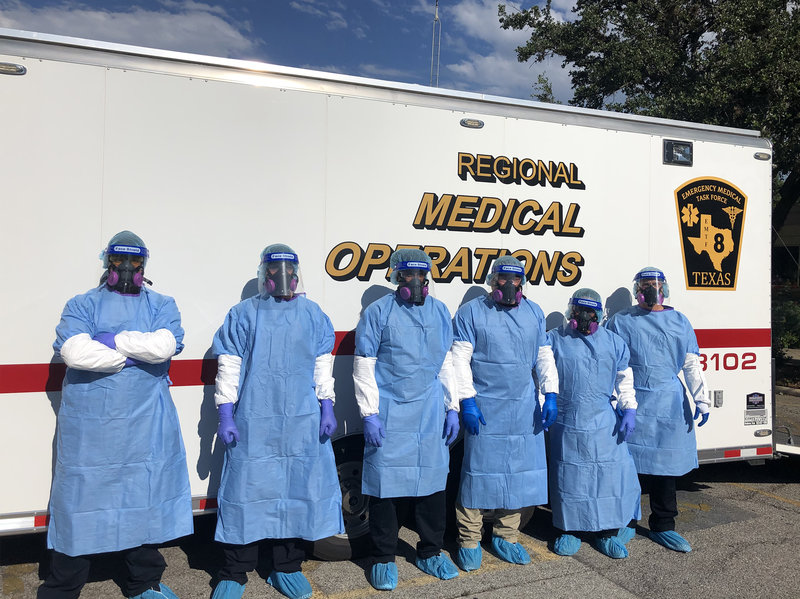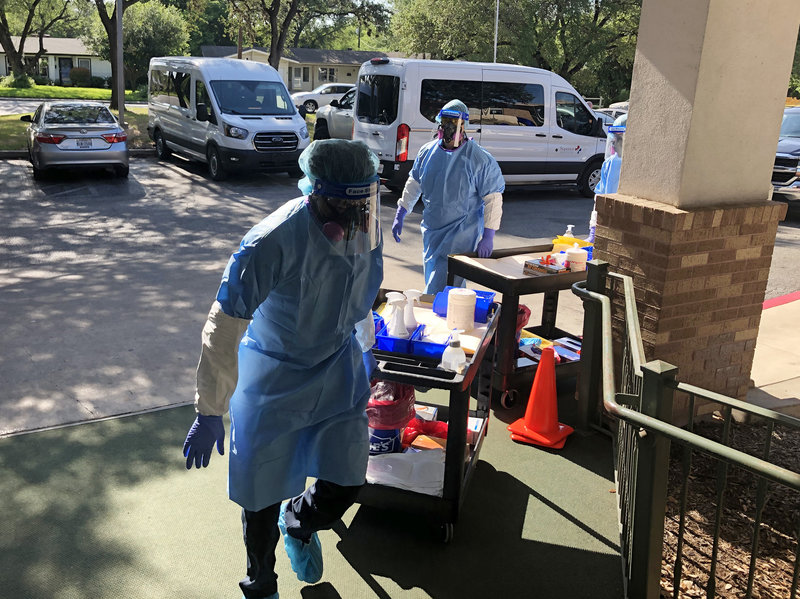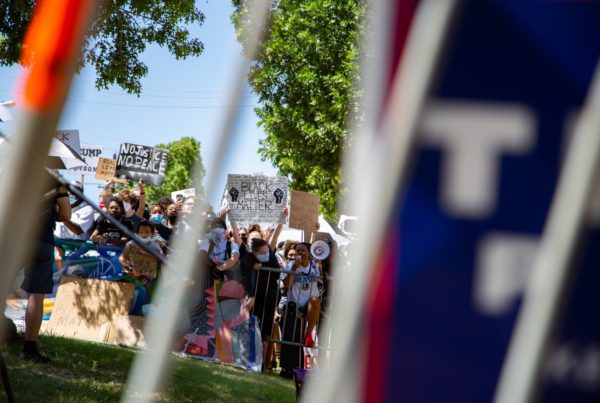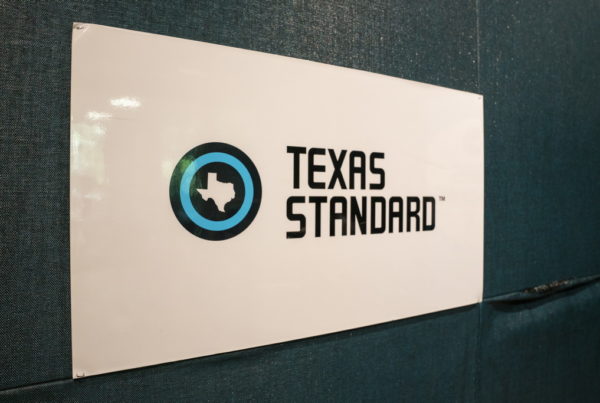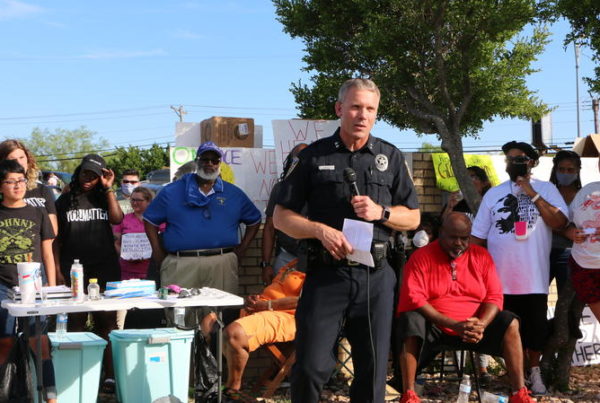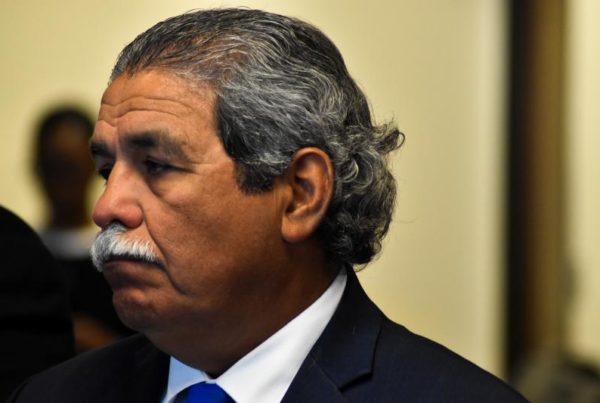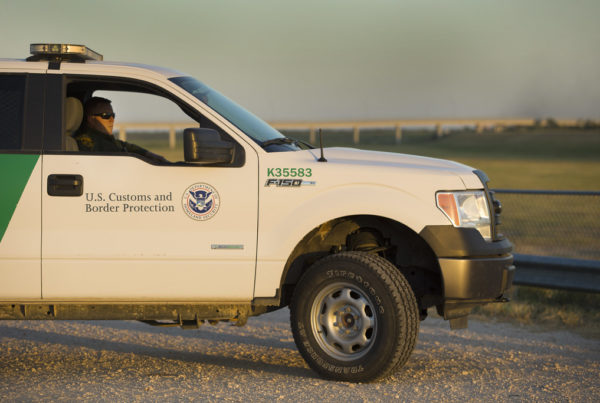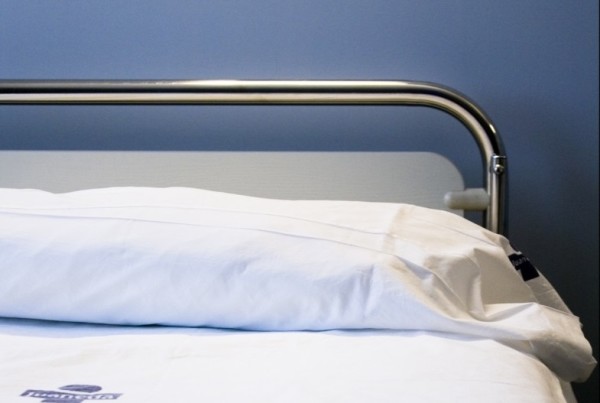From NPR:
Some of the worst coronavirus outbreaks have occurred at long-term care facilities that now account for more than one-third of all COVID-19 deaths in America. Some states have taken aggressive actions to slow the spread of the virus among elderly populations and workers in nursing homes. Texas formed a strike force to assess problems at its 1,222 nursing homes.
On a bright South Texas morning in the parking lot of a suburban nursing home, paramedics from the San Antonio Fire Department were setting up swabbing stations and donning periwinkle-blue protective gowns. They were part of the massive state intervention to stop infection from spreading in nursing homes. Municipal and Texas State Guard medics have fanned out to test more than a 250,000 residents, as well as staff, for coronavirus.
“OK, guys, so we got 260 swabs we’re gonna do here today. It’s 200 staff and 60 residents. We got y’all divided up in your teams already,” shouted Paramedic Lt. Travis Hopp. “Be safe, take care of each other, and stay clean.”
Their work is critical. In Texas, 47% of the state’s nearly 1,900 COVID-19 deaths have been tied to skilled nursing and assisted-living facilities — an even greater proportion than national COVID fatality figures.
“Right now we’re focused on licensed nursing facilities. We’ve seen extremely high mortality rates and that’s a very vulnerable population,” said Eric Epley, executive director of Southwest Texas Regional Advisory Council, who is coordinating the statewide paramedic teams.
As the public health crisis that began in the winter enters the summer months, why is the virus still running rampant through nursing homes?
The fundamentals of infection control are well known by now: frequent hand-washing, wearing masks, social distancing, donning protective gear and disposing of it properly, and isolating sick people.
“Let me tell you, some of this stuff is really basic and I don’t understand why they’re not getting it,” said Kevin Dinnin, president of BCFS. The nonprofit emergency provider of health and human services is part of the Texas Quick Reaction Force for nursing homes. BCFS medical teams have completely taken over operations at six Texas nursing homes where a third to a half of the population contracted COVID-19, and staffers were too afraid to come back to work.


